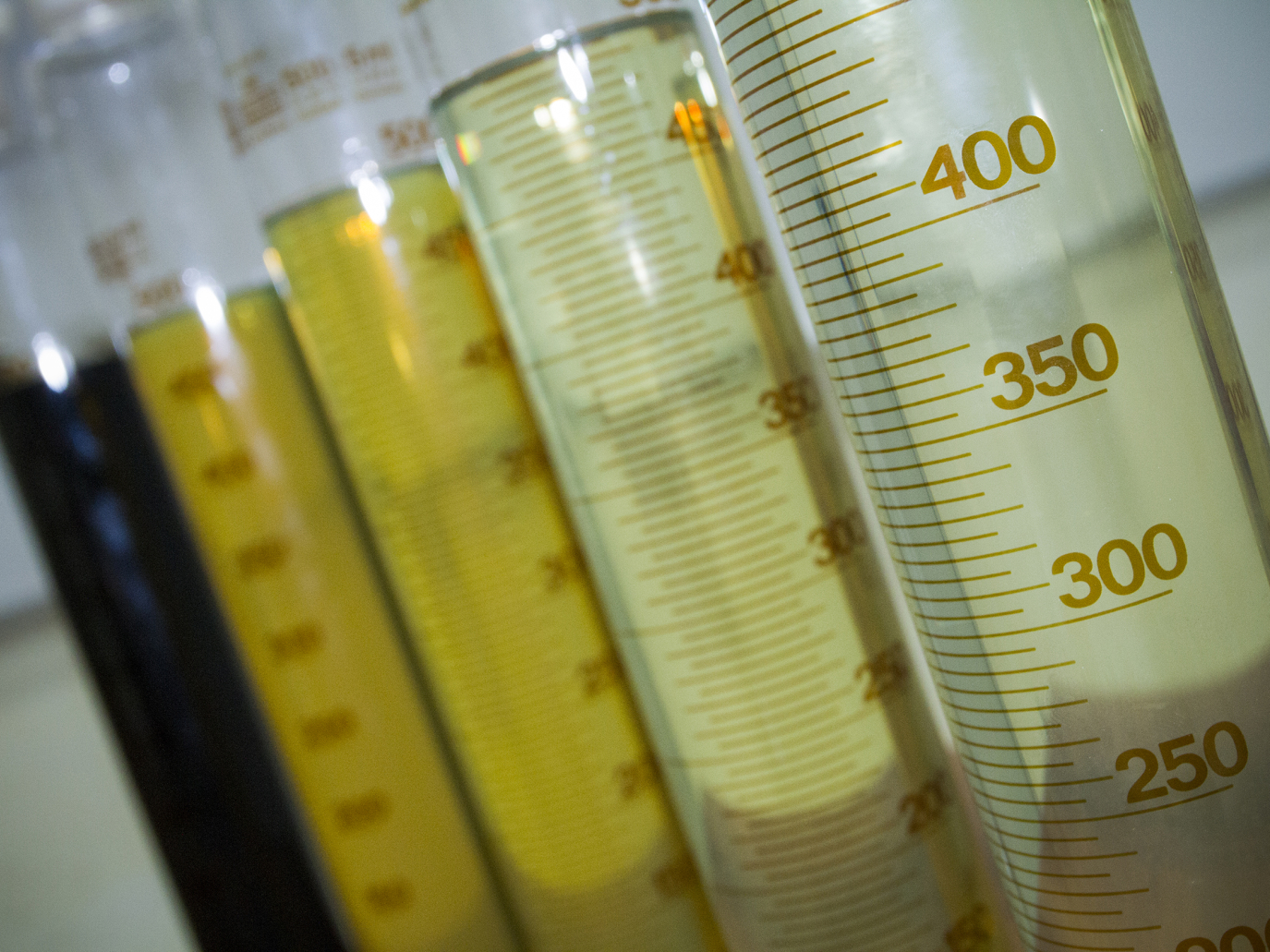CONOU has a long and interesting history. As a consortium, it has been operating since 1984. Its mission is to collect and recycle hazardous waste materials ranging from waste oil that comes from car engines to that originating in the industrial sector. Since then, it has pioneered a model of ‘circular economy’ before the term itself even existed. Here at Renewable Matter, we interviewed CONOU President Paolo Tomasi in order to recap the current emergency situation and assess the Consortium's response to it.

CONOU’s remarkable results are envied across Europe. How much lubricating oil do you regenerate?
To date, we have collected almost 6 million tons of waste oil, which have mostly been regenerated (~5,3 million tons). As for the remainder, a part has been employed in combustion, whilst the rest, which is no longer recoverable, is destroyed by thermolysis. This minimises environmental damage. The regeneration process not only yields base oil, which will in turn become new lubricating oil, but also other energy products such as bitumen and diesel. Thanks to said regeneration, we generate an estimated annual saving of about 3 billion Euros for the Italian economy, by meeting up to a third of the national demand.
Are there any advantages for the environment?
First and foremost, we saved 2.6 billion cubic meters of water. By not employing crude oil for up to 7.4 million tons, we also prevented the atmospheric dispersion of around one and a half million tons of CO2 (the equivalent of one year's emissions of 260 thousand vehicles). This additionally resulted in a sharp reduction of soil consumption. Nine thousand hectares have in fact been spared. Here in Italy, we have performed better than any other EU country, including Germany. We have indeed recycled nearly one hundred percent of the waste oil that can be collected, ie 46% of the total lubricants consumption. In comparison, this value does not exceed 40% elsewhere in Europe. Such a result is very significant.
How is the collection process being affected by the COVID19 pandemic?
We expected that, during lockdown, there should have been a greater drop in terms of collection of waste oil than what we have seen. We were authorised to continue operations. Waste collection activities have continued even during the peak lockdown period. There was indeed a 40% reduction in oil collection in the areas most affected by the pandemic. Nevertheless, this could have been far greater.
Why?
Many factories remained closed for business whilst continuing to operate still, by carrying out those maintenance operations that can be only performed when the system is idle. Therefore we were able to process waste oil that would not have not otherwise been returned to the system. This allowed the companies to start afresh.
What will the Consortium do next?
Many companies have resumed business, but this is not traceable yet in terms of collected oil. The response is in fact time-delayed, allowing for the companies to restart their assembly line. As their waste tanks fill, the Consortium will be called to gradually collect only when threshold amounts are met. We expect to reach 80% of pre-pandemic levels in June. The situation will not fully revert to normal until fall 2020.
Why has this success story so far not been replicated in Europe?
In Italy, the culture of oil recovery dates back many years. Energy products are largely imported here. This is perhaps why our country, before others European partners, realized that waste oil could be recovered and granted new life. Our regeneration system has become increasingly sophisticated, and is now able to produce grade-2 oil (the term grade-2 expresses the viscosity index of a lubricating oil, i.e. its ability to resist changes in engine temperature whilst maintaining its characteristics and offering good performance). The regeneration process of waste oils we employ yields lubricating bases that allow for the production of oils with similar or superior characteristics to oils of first refining. This puts us ahead of Europe. Today, our new collection technology is in its third generation. We have also done well locally, and our presence is now deep-rooted in Italian territory.
How is the CONOU collection model structured?
We collect around 200,000 tons of waste oil, 65 percent if which is in Northern Italy. This is where the main Italian industries are. There are over 70 concessionary firms that collect waste oil. Then there are the regeneration refineries. The most important plant is in the province of Lodi: it processes up to 120 thousand tons of oils (a large percentage of the total 200,000 tons). The other two companies operating today are located in Ceccano, in the province of Frosinone and in Naples. This geographical distribution of plants facilitates transport, allowing the circulation of the lowest possible number of trucks.
Has Italian legislation facilitated you?
A partial 50% lubricant excise exemption was already approved in the 1970s to aid regeneration. Today the law has voided such tax reduction, however favouring the creation of a chain aggregation, which internally generates the revenue that serves to support the system. In other words, the cost is unloaded on those who pollute. On the other hand, those who produce lubricants provide the resources needed to sustain the collection and regeneration system. This allows us to overcome even moments like this one, where the regeneration of oil used to make new lubricant is not in necessarily in demand.
Today is one of those moments: the value of crude oil is around $ 23 per barrel...
In this situation, managing and recycling wasted oil is not economically convenient. Indeed there is a net loss when meeting collecting and regeneration costs. If it wasn’t for CONOU, which acts as a economic buffer by supporting a balanced-budget, it wouldn’t have been convenient. I dare say this is quite a clever solution envisioned by the legislature.

One of your tasks is to raise awareness, communicate and educate.
Once again, the law mandates us to convey the how dangerous oil waste is and the importance of regeneration. We set up “Circoliamo”, an awareness campaign across many cities in Italy where primary school classes come to learn by playing. We also created a website, running a competition between the students, to evaluate ideas to help the environment. Today we launched Green League, an app (available on Apple store and Google Play platforms), created with scientific support from Legambiente, whereby users of all ages can learn whilst having fun. To us, it is really important to let everyone know about the many as of yet undiscovered possibilities of our ‘circular economy’ model.



